By Emanueli Backes
I am sure at some point in your life you have heard someone give their – unscientific – opinion on how eating margarine or butter is good or bad for your health.
In fact, there is still controversy about the technical differences between both products and how it relates to our health. Thus, to be able to understand this topic, we will first have to take a few steps back by first clarifying how both butter and margarine are produced and what are the differences.
How are butter and margarine made?
Butter contains animal fat which gives it a yellow hue and is obtained from the churning of the cows’ milk fatty fraction. During churning, the fat globules become agglomerated by separating from the liquid and forming a solid phase, that is the butter itself. While butter is a fat, margarine is a mix of vegetable oils (such as corn and sunflower) that undergo technological treatment to achieve a solid consistency.
Now you may be thinking “Fat? Oil? I didn’t even know they were not the same thing.” Although they seem to be similar, these two kinds of lipids show quite significant differences.
The main differences between fat and oil
In fact, as for its chemical structure, both fat and oils are majorly composed of triacylglycerol, a very common lipid structure that is resulting from the bonding of an alcohol molecule (glycerol) with three fatty acid molecules. Fatty acids, in turn, are a long carbon chain with a terminal carboxyl group (–COOH). There are differences among fatty acid chains (e.g., simple or branched, saturated or unsaturated chain) that lead to different physical-chemical properties of fats and oils.
Basically, butter (such as any other fat that originates from animal lipids) is solid at room temperature and mainly composed of saturated fatty acids. Oils, however, are vegetable origin lipids, often liquids at room temperature, and majorly composed of unsaturated fatty acids.
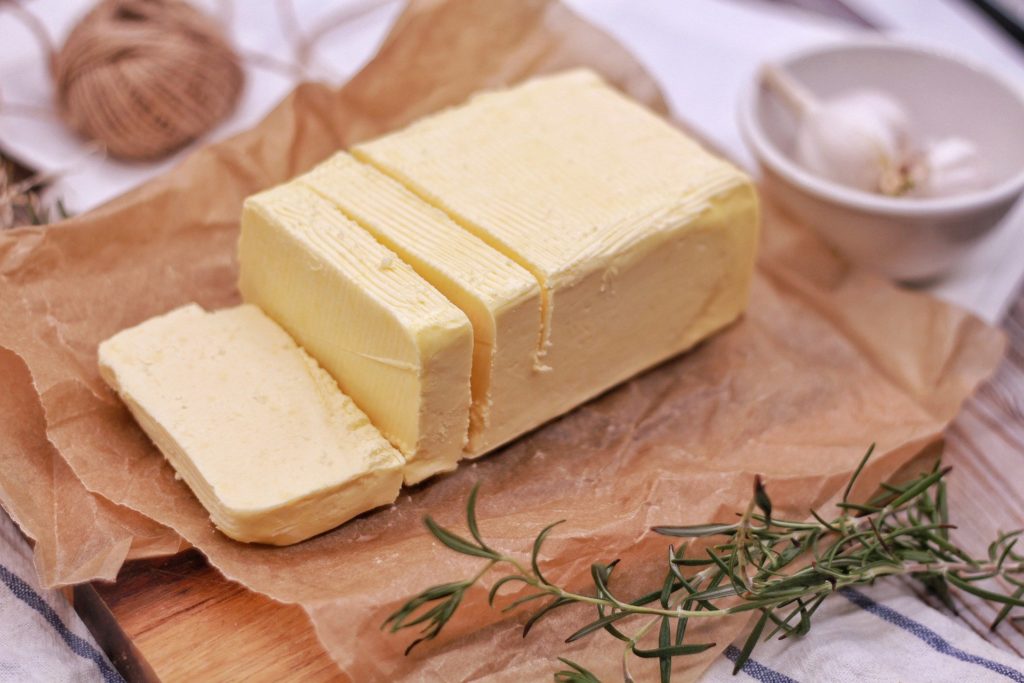
Photo by rodoepix from Pixabay.
Butter and margarine in foods
Something important to note is that both fats and oils play an important role in improving the palatability of foods. However, butter has a specific flavor and natural image that are key characteristics of its use in many product formulations by the food industry, food-producing establishments in general, and consumers.
On the other hand, butterfat shows some technological drawbacks, such as poor spreadability when in low temperatures (due to its solid texture). Because of the high content of saturated fat and cholesterol content, butter became a less favorable source of fats.
This scenario led to the development of a “new-butter-product,” with improved technological properties and reduced saturated fatty acids content. That was when margarine was released into the market.
As a previously liquid oil, margarine underwent technological processes in order to acquire desirable sensory and functional properties. The goal was to create a product with a solid texture, a suitable melting profile, and a low content of saturated fatty acids. Then you may be wondering: “Okay, is this product safe to consume? What is everyone concerned about?” In fact, the margarine liquid-to-solid transformation results (or used to result – you be able to understand it better soon) in some specific characteristics that bring out a huge discussion.
Until recently, the main process applied to obtain margarine was hydrogenation. Through hydrogenation, liquid oils (which are composed of unsaturated fatty acids) are successfully converted into plastic fat (oil with semi-solid characteristics) due to the addition of hydrogens to the double bonds of the unsaturated fatty acids. Known as hydrogenated fat, it plays important role in the food industry due to its rheological properties (e.g., viscosity, creaminess, and elasticity) for delicious bakery products.
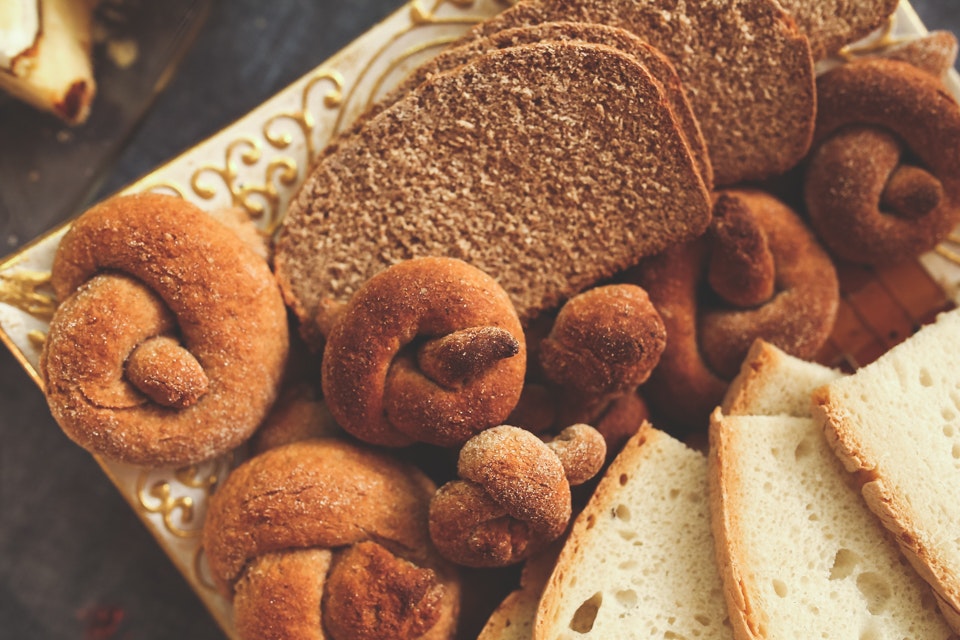
Photo by Kaboompics from Pexels.
However, the controversy begins because the hydrogenation process is often partial. It means that there are some double bonds left (initially cis type), which go through an isomerization reaction that leads to their non-desirable transformation in unsaturated fatty acids of the trans type. These kinds of fats are detrimental to human health and according to the American Heart Association, its intake is responsible for increasing the risk of developing heart diseases and stroke. In 2006, the US Food and Drug Administration ruled that trans fatty acids content should be described in food product’s nutritional labels in order to let consumers aware of its presence. However, the addition of these partially hydrogenated oils in food preparations became banned in 2015. Due to this, the finding of safer alternatives for margarine obtaining has been increasing.
So far, some approaches have been applied as an alternative to the non-healthy hydrogenated fat. Among them, one of the most common methods is called interesterification. This process is based on the restructuration of triacylglycerols of vegetal oils by changing one or more fatty acids among glycerol backbones. As result, the new triglyceride molecule shows improved physical, chemical, and organoleptic properties. The whole process is controlled to allow the obtaining of a specific molecule, with the desirable fatty acids content. Using this process, the controversy about how the dangers of margarine due to its high trans-fat content falls apart.
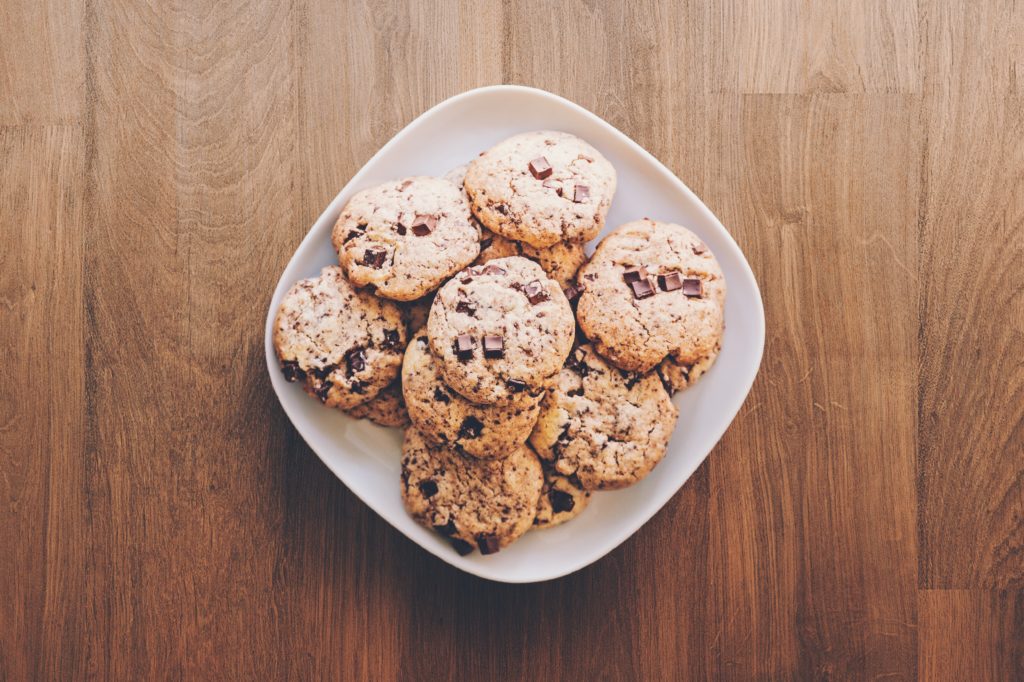
Concluding remarks
The controversies related to this topic are due to misinformation and misunderstanding of technological differences.
Lipids, whether they are fat or oil, or saturated, monounsaturated, or polyunsaturated fatty acids, are all high energy-dense molecules (caloric). However, oils and fats are also both important for the human diet, since they play an important role in vitamin absorption, such as A, B, and K, as well as hormonal regulation.
For the food industry, some technical aspects are important to consider for selecting the most appropriate ingredient for the product’s formulation, but for our daily diet it isn’t much of a problem. In summary, there is no need to think that eating butter or margarine is going to save or kill you. There is no need for you to exclude any of them from your diet (unless it is by medical recommendation). The key aspect – as everything in life – is moderation. If in adequate quantities, there is no problem in consuming them at all. Besides that, who doesn’t like a warm toast with butter or a delicious margarine-based bakery product? Well, at least I do!
References
American Heart Association. Trans Fats. Sourced from: <https://www.heart.org/en/healthy-living/healthy-eating/eat-smart/fats/trans-fat>.
Britannica Academic. Margarine. Sourced from: <https://academic-eb-britannica.ez79.periodicos.capes.gov.br/levels/collegiate/article/margarine/50861>.
Britannica Academic. Butter. Sourced from: <https://academic-eb-britannica.ez79.periodicos.capes.gov.br/levels/collegiate/article/butter/18337>.
Fauzi, S.H.M., Rashid, N.A., Omar, Z. (2013). Effects of chemical interesterification on the physicochemical, microstructural and thermal properties of palm stearin, palm kernel oil and soybean oil blends. Food chemistry.
Food and Drug Administration. Trans Fat. Sourced from: <https://www.fda.gov/food/food-additives-petitions/trans-fat>.
Nunes, G.F.M., de Paula, A.V., de Castro, H.F., Dos Santos, J.C. (2011). Compositional and textural properties of milkfat–soybean oil blends following enzymatic interesterification. Food chemistry.

Emanueli Backes | Linkedin
SMF Blog Writer
Emanueli is a Brazilian enthusiastic for food science and technologies. Backes graduated with a degree in Food Engineering and Masters in Quality and Food Safety. She is now pursuing her PhD in Food Science. Backes research focus is on organic synthesis of new antioxidant compounds through enzymatic reactions.
Emanueli loves education and science popularization; she believes everything can be demystified, uncomplicated, and taught.
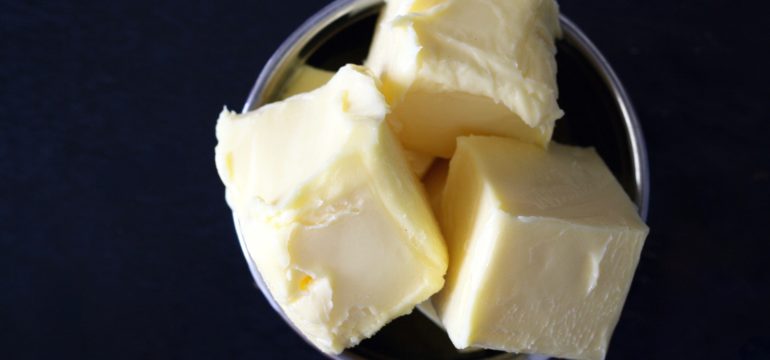




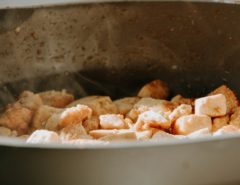
Leave a Reply